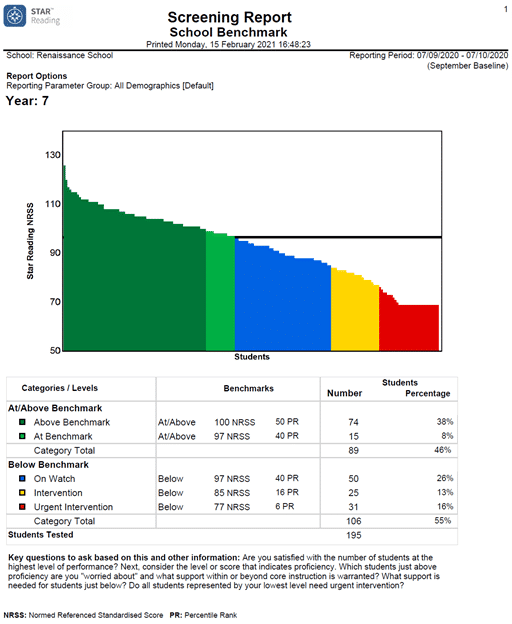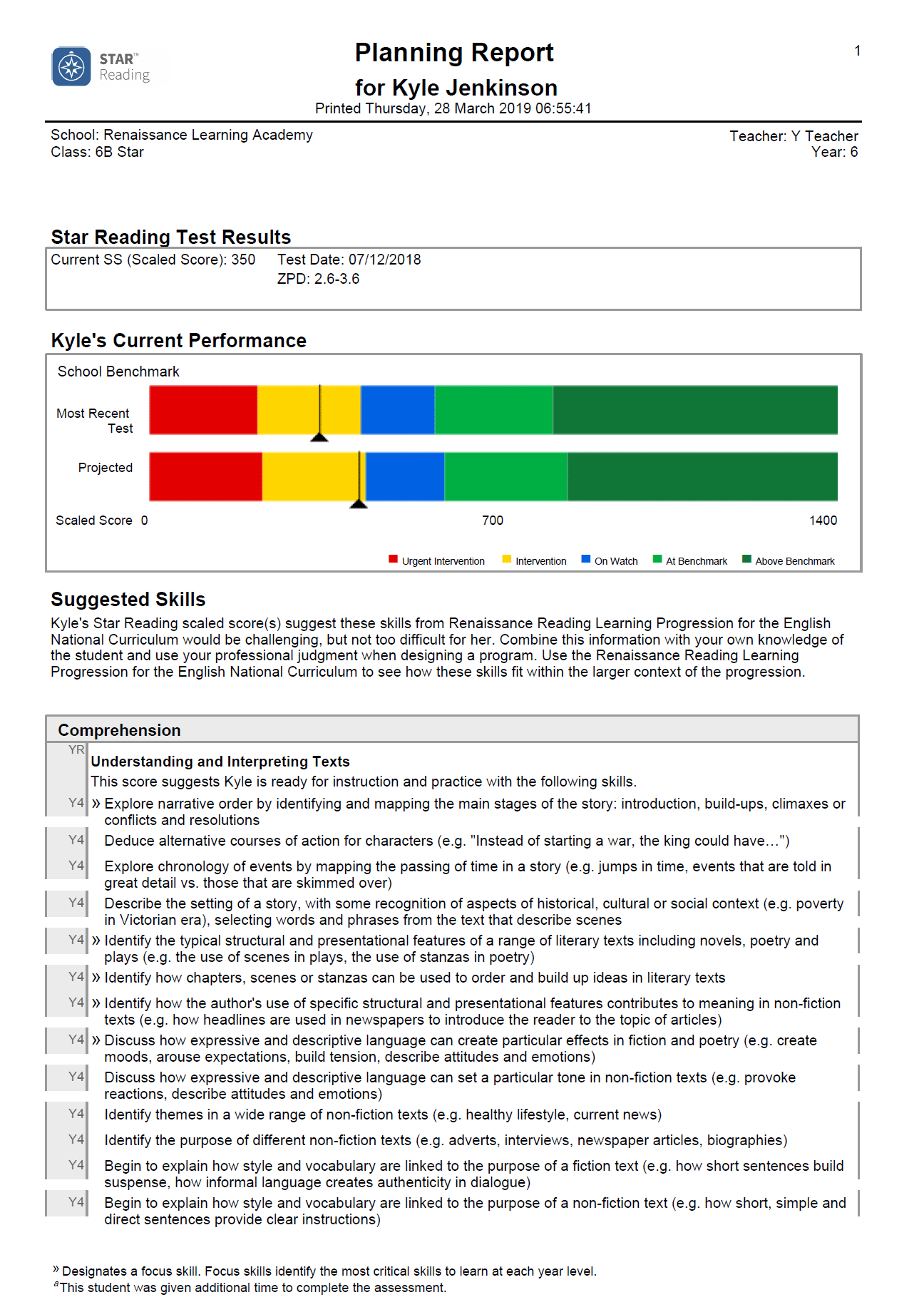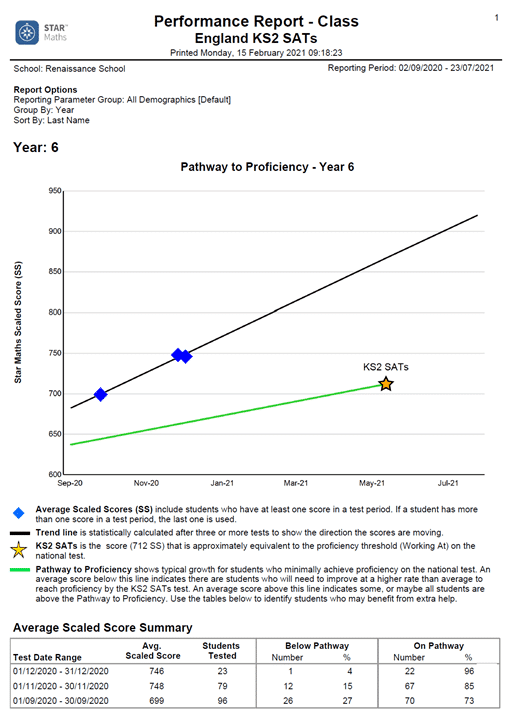July 15, 2021
The school year 2021/22 will again be challenging with students and their teachers managing the impacts of so much disruption over two school years. This situation is indeed ‘unprecedented’ but we know that school’s are determined to get everyone back on track, working hard and enjoying learning. Star Assessments can contribute to this and here, assessment publisher, Sue Thompson highlights some of the valuable and in some cases unique ways these assessments can support planning, teaching and learning in the year to come.
So much data, so little time!
Star Assessments come with many reports, each with a specific purpose and designed to make the data easy to understand. September is such a busy time of year, perhaps the busiest of all, with a need to settle new and returning students and to get learning as soon as possible. So the last thing you need is reams of data to try and make sense of. So, here are three of the available reports that could be first on your post-assessment agenda and how they can help your professional practice this year.
The Screening Report
This gives a snappy representation of your students’ scores. The ‘benchmark’ is an NRSS of 100, but this can be changed, for example, if your group is high attaining and you want to create a higher benchmark. The report offers five categories to describe each student’s status, and this year the ‘On Watch’ category is particularly relevant. When reviewing scores from a standardised assessment, it would be usual to draw attention to students with below-average scores: below NRSS 85.
Figure 1 – Star Reading – Screening Report

A score above but close to NRSS 85 is a low score and will be of concern. We know that students below this benchmark need additional support, but what differentiates students at 83 or 87? Intervention or no intervention? Where scores have dropped, and this is due to disruption, the hope is that these will soon improve. You may notice that students who before the pandemic would be securely at or above benchmark are now ‘On Watch’.
Knowing this from a simple report (which also lists students by name) will help you support these students to regain their lost learning.
The Instructional Planning Report
The next step for the ‘On Watch’ students, in particular, could be to run the Planning Report. This can be done for the whole class, specific groups within the class, or a single student. It uses the Scale Score to make recommendations for next steps in learning based on Learning Progressions and Focus Skills.
Figure 2 – Star Reading – Instructional Planning Report

For example, ‘Isabella’ is in Year 6, and because all her metrics place her as below the NRSS 100 benchmark, she is ‘On Watch’. The Scale Score generates performance indicators for Year 6 SATs. Isabella’s score of 503 puts her just below the benchmark of 510, which indicates a 50% chance of attaining the expected standard, in this case, for reading.
The Focus Skills for Isabella cover aspects of the curriculum that will surely help students like Isabella reach proficiency in their SATs: recognising key details that support main ideas and convey themes, the organisational features of texts, how authors use structural devices to create impact, and summarisation. Other students may need to address similar or even the same Focus Skills. This can be confirmed by running the class level report and grouping students by Scale Score.
The Performance Report: England KS2 SATs
Of particular interest to Year 6 teachers and to schools welcoming students into Year 7, the Performance Report correlates Scale Scores with the SATs standards. Using your students’ scores as a group shows whether the ‘Pathway to Proficiency’ aligns.
Figure 3 – Star Reading – Performance Report

In this sample report for Star Maths, the group represented has a higher-than-average starting point. From the second assessment point, it is possible to see that they are on a steeper trajectory. By December, most students have attained a Scale Score indicative of reaching the required standard.
The report lists all students so you can see immediately who is ‘Below Pathway to Proficiency’. Providing another chance to look at the Planning Report for these students.
Suppose you have been unable to maintain SATs familiarisation testing in Year 5. In that case, this will be a vital report to have to hand from September. As students will be coming into Year 7 without SATs data, it is a good idea to run this report retrospectively as soon as you have used Star Assessments.
Good Luck in September! Star Assessments reports can help bring a particular focus to what needs to be done as quickly as possible. They also help teachers present data in a range of areas that can be swiftly understood and actioned.
